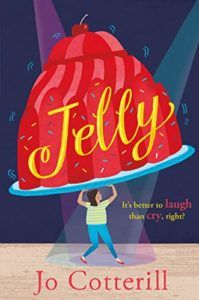I was 14 when I realised that my periods definitely weren’t “normal”. In the two years since I’d started, my cycle had been getting heavier, and more and more erratic. And the pain was so much worse than I’d read about in the various “Fun Guide to Being a Teen” books that I’d been handed. I often found myself doubled over, unable to stand up, one time collapsing into a wall because I was in too much pain to walk. It took ten years of doctor visits and being told “this is normal”, “it’ll settle down”, and, on one memorable occasion, “if you have a baby, that’ll fix things”, before I was finally diagnosed with endometriosis and polycystic ovarian syndrome. Another decade, a few operations, and a lot of medication later, my periods aren’t as much of a hassle as they used to be. They’re as close to “normal” as they’re ever going to get. But I still resent the time I lost to pain, to dizziness from blood loss, and to the horrific mood swings that were a major part of my hormonal chaos. If I’d had access to books about period problems, not just about the basics of menstruation, I might have had the knowledge to push for my diagnosis sooner. While gynaecological illnesses are still grossly under-researched and underfunded, and therefore we don’t have anywhere near as much data on them as we should, it’s estimated that up to 20% of people with ovaries could have PCOS, and 10% could have endometriosis. And these are far from being the only options – fibroids are also common, and adeonymosis, endo’s sneaky little cousin, is another factor that can cause heavy bleeding and extreme pain. And yet, I can’t remember ever seeing these conditions reflected in MG or YA books, despite the fact that many people begin experiencing the symptoms in their early teens. Young readers deserve books that reflect not only their lives and their emotions, but their physical bodies. I hope that the increasing tendency of kidlit to include menstruation, instead of shying away from it, will broaden out to recognise period problems, and help teen readers be informed about their menstrual health. Read more about the lack of representation of menstrual challenges in YA books.
